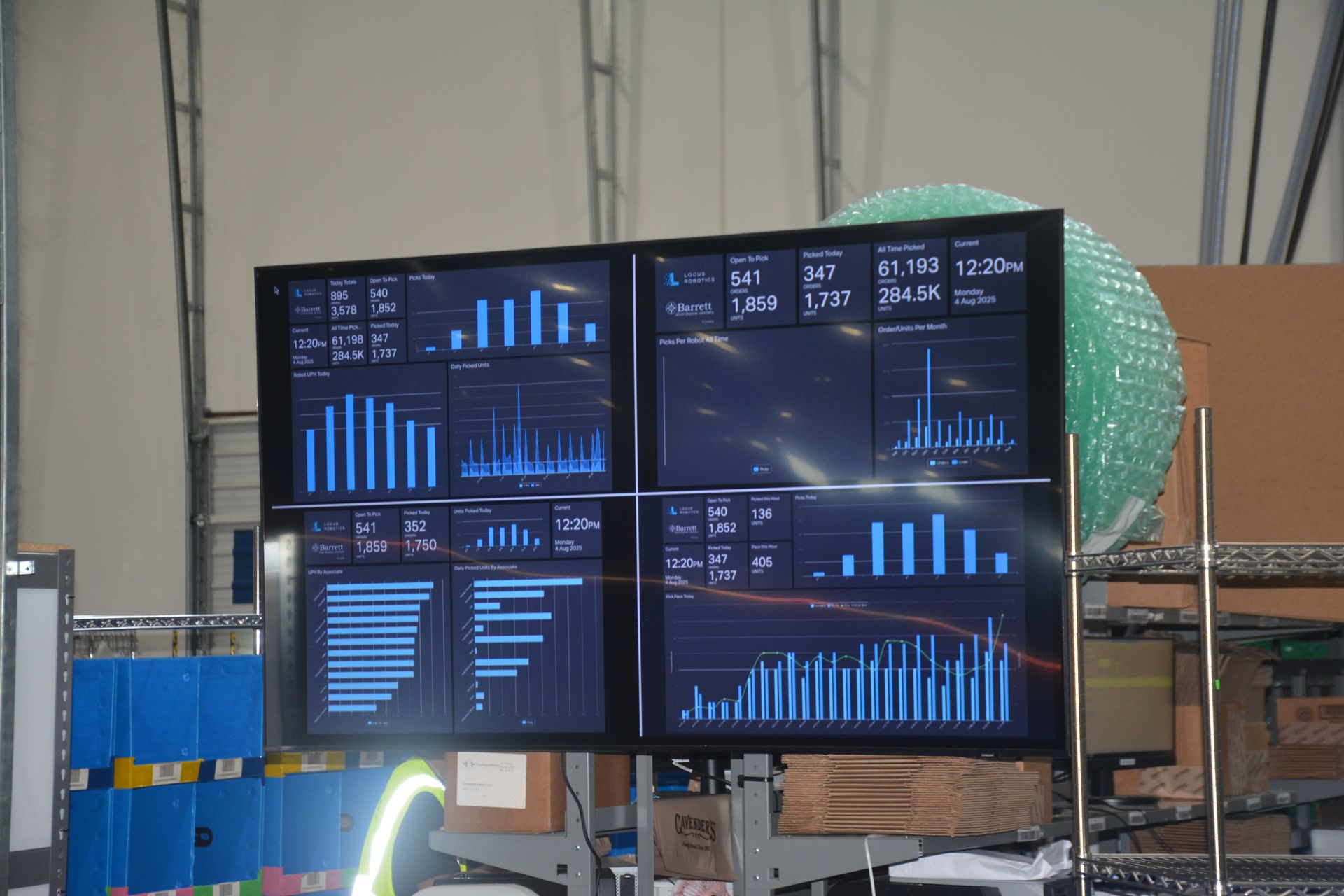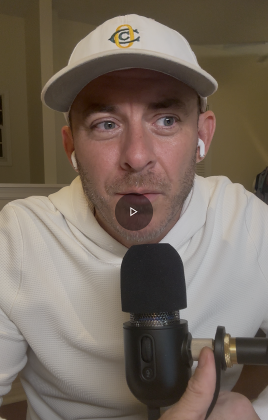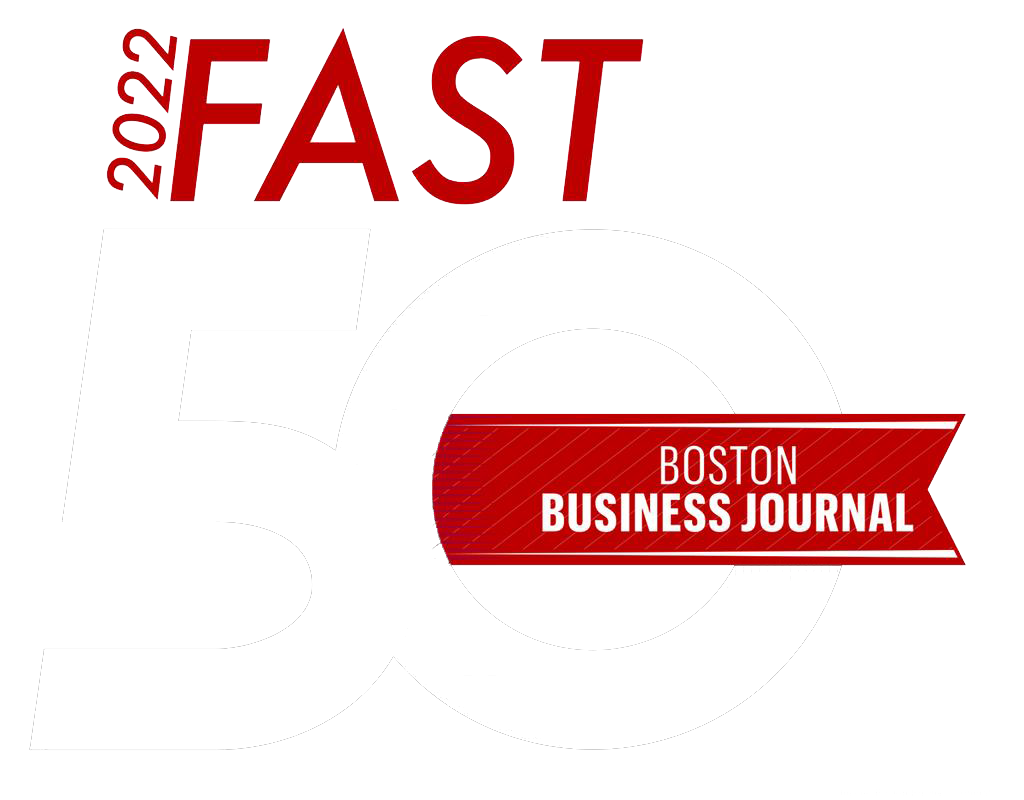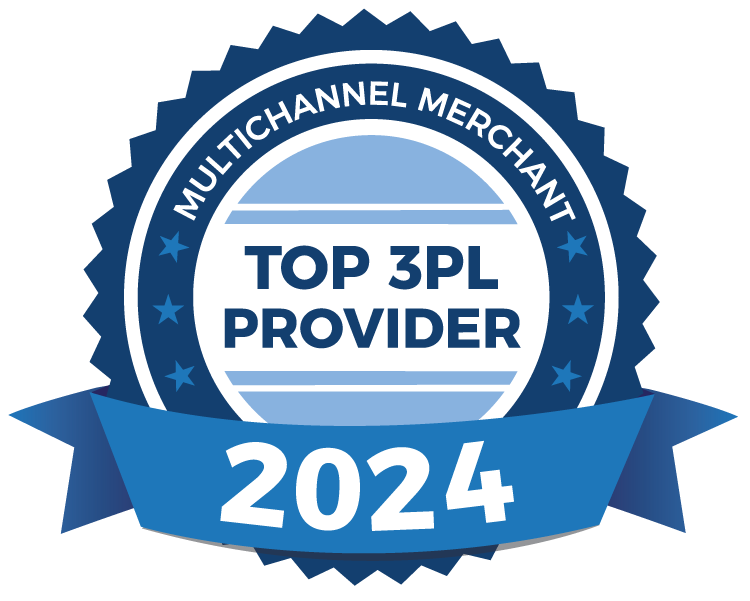eCommerce Fulfillment for High-Touch Products: What Luxury and Personalized Brands Need Most
Let’s be honest—most 3PLs aren’t built for high-touch brands.
With premium price tags come premium expectations, and fulfillment is no exception. Whether it’s monogrammed leather goods or curated skincare kits, today’s high-touch brands can’t afford to treat logistics like a commodity.
At ������APP, we work with boutique luxury and personalized brands every day. One thing is clear: fulfillment is more than getting a product from Point A to Point B. It’s the final critical touchpoint in the customer experience and needs to feel as premium as the product itself.
The Fulfillment Factor Behind High-Touch Brand Loyalty
71% of consumers expect personalization and 76% get frustrated when they don’t get it (Source: McKinsey & Company, 2021)
You’ve done the hard work. Your product is beautiful, your website is curated and your brand story is compelling. But if the unboxing experience feels generic or careless, it can cheapen everything.
In the luxury space, fulfillment is brand extension. That’s where we come in.
What High-Touch Brands Need from a 3PL
Here’s what we’ve learned working with some of the fastest-growing personalized and luxury DTC brands:
1. Inventory Accuracy That Doesn’t Miss
When you offer custom options like embroidery, personalization, or mix-and-match bundles, flawless inventory control is essential. The entire order will be delayed or incorrect if one SKU is missing.
At ������APP, we achieve 99.9% inventory accuracy through advanced warehouse management systems and real-time visibility that integrates directly with platforms like Shopify and Amazon.
2. Kitting + Personalization
Whether it’s applying branded tissue paper, adding thank-you notes, or assembling kits with care, we support:
- Custom kitting and assembly
- Packaging inserts
- SKU-level quality control
- Custom labeling and wrapping
We’ve helped brands build everything from personalized PR kits to retail-ready gift boxes that align and enhance branding.
3. Speed Without Sacrificing Experience
Yes, customers want fast shipping. But luxury shoppers expect care. That’s why we help brands strike the right balance by delivering quickly without cutting corners.
With 24+ fulfillment centers across the U.S., we enable 1 to 2-day ground shipping to 95% of the country while maintaining consistent handling processes that protect quality.
4. A Warehouse That Reflects Your Brand
You’ve built a brand that stands out. Your 3PL should reflect that.
At ������APP, we offer:
- In-warehouse banners to spotlight your brand
- Co-branded unboxing content and marketing support
- A dedicated support team that understands your business and cares about the details
Your brand isn’t an afterthought. It’s part of the daily operation.
The Results: Better Reviews, Fewer Returns and Higher LTV
According to Deloitte, brands that deliver a consistent customer experience across all touchpoints enjoy 2.4x higher customer loyalty. When fulfillment meets expectations, it drives repeat purchases, positive word-of-mouth and long-term growth.
Ready for Your Forever 3PL?
If you’re a high-touch, high-growth eCommerce brand, it’s time for a fulfillment partner that gets it.
Contact us for a complimentary supply chain consultation and see what your brand can do with the right 3PL.
Recent Blog Posts








